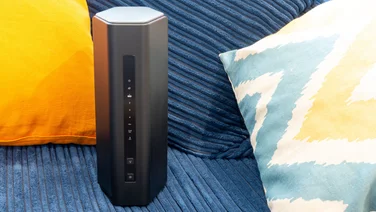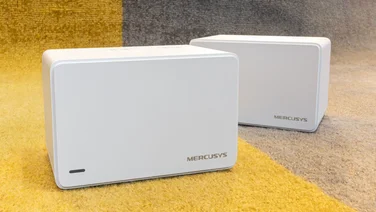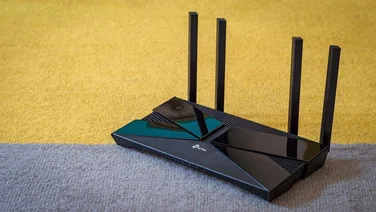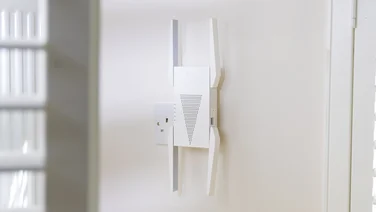To help us provide you with free impartial advice, we may earn a commission if you buy through links on our site. Learn more


With its two removable disk trays, the Buffalo TeraStation Duo 1TB looks like a shrunken, smaller version of its larger, more expensive, four-disk counterparts. A small front-mounted LCD display shows status information, such as the current IP address and the health of the RAID array. The heavy, metal case feels reassuringly sturdy and the fan was barely audible in our tests.

The trays are hidden behind a lockable front door. Although harder to pry open than previous TeraStations, the lock will still only deter casual data thieves – the door can be forced open with only moderate effort. The trays themselves hold the disks in place using screws, so they’re easy enough to swap out whether you’re replacing a faulty disk or simply adding more storage capacity.
Configuring the TeraStation is blissfully straightforward, thanks to the friendly discovery utility and the logically organised web admin interface. The tabbed layout makes it easier to find the control you’re looking for. User accounts can be created quickly and there are options for setting usage quotas and organising those accounts into groups for easier administration, all accessible from within the same screen. To prevent you from accidentally erasing all your data, the interface requires you to retype an onscreen numeric code before changing your RAID array type.
The TeraStation fared very well in our demanding file transfer benchmarks. Whether configured as either RAID 0 or 1, it transferred large files at an average speed of around 30MB/s. Small files were copied at an average speed of just over 16MB/s – another excellent result.
We had no trouble using it as UPnP media server, with HD videos streaming smoothly to a network media player. We couldn’t get it working as an iTunes music server for the iTunes 10.1.2.17 client, though. We had better luck using the TeraStation to share a USB disk and a USB printer with computers on our network – these features worked without a hitch.
If you want to use the TeraStation to download BitTorrent files independently of a computer, then you’ll need to ensure you trust the other users on your network. The download interface can’t be accessed separately from the other, more sensitive controls. There are controls for setting the NAS to start up and shut down automatically, which is useful for saving power. The timer controls aren’t as flexible as the ones on other NAS devices but they should be good enough for most scenarios.

The most unusual feature is the pair of serial ports for connecting and controlling an uninterruptible power supply (UPS) – or even two – to provide a battery backup in the event of a power cut. Most modern UPS units use USB, so the serial ports will only really be of use if you have an older UPS.
There’s a lot to like about the TeraStation Duo, from its easy configuration to its quick performance and useful extra features. However, it has just two 500GB hard disks, giving it a very costly price per gigabyte of 24p. As much as we like the TeraStation, we can’t recommend it at this price.






